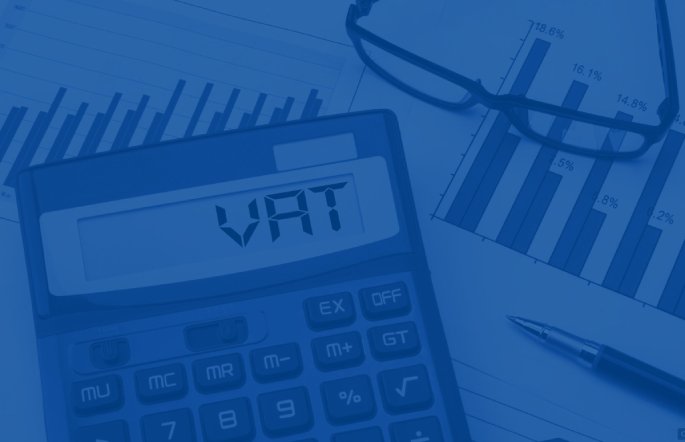
As a general rule, the VAT flat rate scheme can simplify your VAT returns and even save you a bit of cash. Is this still true if your business falls into the limited cost trader category?
Joining the FRS
A VAT-registered business can join the flat rate scheme (FRS) if it expects its net of VAT turnover to be £150,000 or less in the following twelve months. You can continue to use it until your turnover exceeds £230,000 including VAT. You only need to check this threshold once a year, on the anniversary date of when you first joined.
Once in the scheme you continue to charge your customers VAT as usual but instead of passing all of it to HMRC, minus VAT you’ve paid on purchases, you only pay a proportion of it without deducting any purchase VAT (so-called input tax).
Flat rate percentage
The proportion of VAT you pay to HMRC depends on the type of business you operate. For example, the percentage rate for photographic services is 11%. This means that a photographer who made sales of, say, £30,000, including VAT of £5,000, in a quarter would account to HMRC for just £3,300. But generally they wouldn’t be entitled to reclaim any input tax paid on purchases.
Depending on how much this is the business will make a VAT profit from the FRS of between zero and £1,700 (£5,000 - 3,300).
Trap. In 2017 anti-avoidance rules were introduced to prevent businesses making significant profits from theFRS. This was achieved by creating a special FRS rate of 16.5% for so-called limited cost traders (LCTs).
Limited cost trader
The LCT percentage applies for a VAT return where your purchases of “relevant goods” don’t exceed £250 including VAT and 2% of your gross sales. For example, if your sales in a VAT quarter were £30,000 and your purchases £500, you would have to use the LCT percentage because they were less than £600, i.e. 2% of your sales.
Checking your purchases
The test of whether the LCT percentage applies must be carried out every time you submit your VAT return. This means your business could be a LCT one VAT quarter but not the next.
Tip. It’s possible to avoid the LCT rules by planning your purchases of relevant goods so that they are condensed into fewer VAT return periods.
Example. Acom Ltd, which provides photographic services, uses the FRS. Typically its sales are £45,000 including VAT per quarter and its purchases, £750. This means the LCT percentage applies for each VAT return and Acom must account to HMRC for VAT of £7,425 (£45,000 x 16.5%). To avoid the LCT it must purchase relevant goods in the quarter with a total exceeding £900, i.e. 2% of gross sales. If Acom was able to condense its purchases into three quarters, i.e. £1,000 each rather than £750, it would only be an LCT in one quarter out of four. Where the LCT percentage didn’t apply it would have to account for VAT of £4,950. This would save it VAT of £2,425 for each quarter it was not an LCT.
This article has been reproduced by kind permission of Indicator – FL Memo Ltd. For details of their tax-saving products please visit www.indicator-flm.co.uk or call 01233 653500.